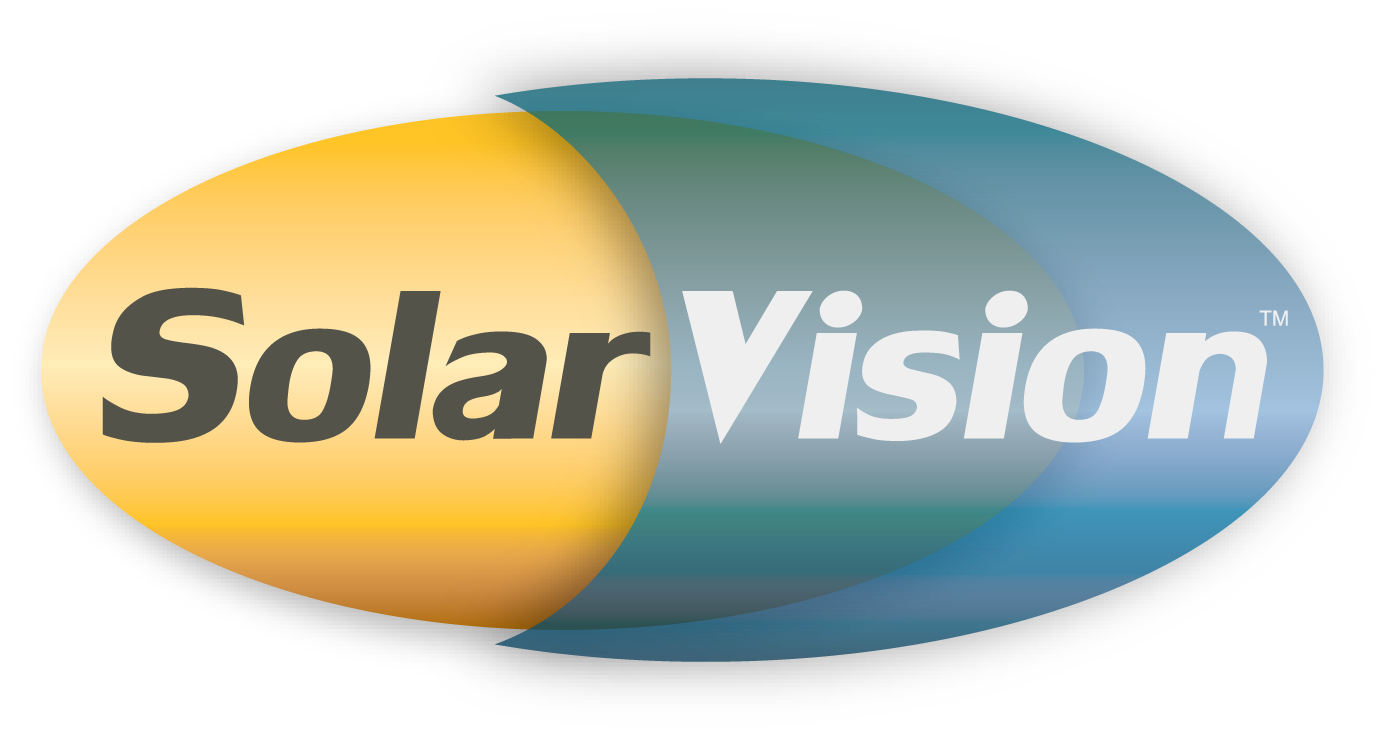School classrooms that are comfortable are more conducive to learning. The first consideration for window film is school safety. (See previous article) Window film can be used in a number of ways to improve school comfort, make learning easier, and save energy as well. Comfort and Energy Savings
During my 34 years of teaching, I have been in a number of buildings. All of those buildings have had hot spots. There are rooms where the sunlight coming into the room is unbearable during certain parts of the day. It is distracting to be in a classroom that is overly hot. To keep those rooms at a temperature that is somewhat comfortable, the air conditioning has to be turned up. Many of the rooms in the school are then too cold and students need their sweaters or just shiver. A hot room does not help students concentrate on their studies nor does a cold one. More schools are going to a year round schedule, so they have to deal with even more summer heat. Solar Control Window film applied to classroom windows reduce the heat entering the room. Not having to lower the thermostat, saves energy. In winter, the film acts as an extra insulator on the window. Savings is realized in the winter also. The US Department of Energy says a third of a building's cooling comes from solar gain through the windows. Window film will make the windows more efficient. (http://solutions.3m.com/)
Window film also eliminates glare on whiteboards. The film protects occupants from harmful UV rays which can cause skin cancer. Some rooms may require a combination of window film and blinds. When the blinds do not have to be closed, natural light enters the classroom. Students learn better in natural light. Eyes get less tired.
We know that students learn better in natural light. Attendance and behavior is also improved. (http://www.healthyschools.org/Daylight.pdf) Window film still allows natural light. A new 3M Window Film is 3M Daylight Redirecting Film. If you have just the right space, the film brings in more light at the top of the window and redirects it to the room. This lessens the need for artificial light.
Mirrors or Perforated Graphics
I worked in some areas where we took data on the behavior of students. Graphics or mirrors can be put on the window to observe students undetected. The graphics are made with tiny dots. On one side you see a picture. On the other side you can see through. A mirrored film can be put on a window and from the other side observations can be made. This could work well when the dean's office has a window to the cafeteria. The possibilities are endless in the school.
Smart or Switchable Film
A smart film can be turned on and off. When it is on the film is frosted. When it is off the window is clear. Think of the many uses for offices like the principal's office. He/She can see what is going on when it is off and can have privacy when he needs it for conferences with parents, teachers, students, etc.
Sports Viewing Rooms
Black out film can be used in athletic viewing rooms to eliminate screen glare. Solar Vision has installed this at a number of colleges and universities.
Anti-Bacterial
A film that is not a window film, but is an architectural film is Di-Noc. Some Di-Noc contains silver which cuts down on the growth of bacteria. In areas, such as the nurses office and preschool classrooms, the film applied to smooth walls may help reduce the spread of germs.
Solar Vision can do a study of how window film can save energy and help you plan ways to use window and architectural films in your school. If you would like a study done, give us a call at 303-862-6376 or e-mail us at info@coloradosolarvision.com.
